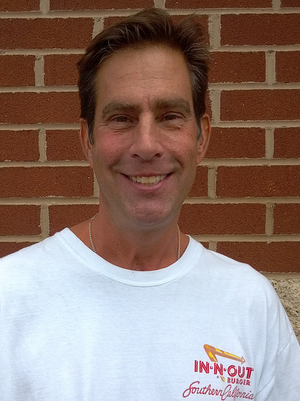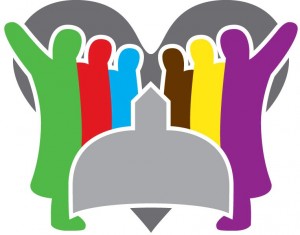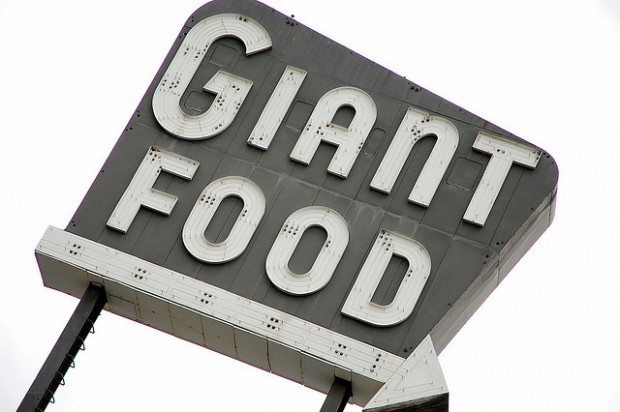A powerful look at the lasting effects Sept. 11 and the impact the terrorist attacks had on the lives of South Asians, Middle Easterners, Latinos and African Americans.
“MLK Memorial Dedication Rescheduled”
Tasty Morning Bytes – Another Transgender Attack, No Blacks are Beyond 9/11 and Jackie O. on MLK
Good morning, DCentric readers! And now, for some links:
Transgender person shot in D.C.; 3rd such attack this summer “Police are investigating the shooting of a transgender person Monday, the third in a string of similar attacks in the District this summer…The two earlier attacks on transgender people — one of which was fatal — occurred one block and 11 days apart in Northeast Washington.” (The Washington Post)
No Blacks Pictured in 9/11 Commemorative “Time magazine this week published “Beyond 9/11: Portraits of Resilience,” a photo-rich commemorative edition dedicated to the 10th anniversary of the Sept. 11, 2001, terrorist attacks. No identifiable African Americans are pictured in its 64 pages…The issue is published at a time in its history when the magazine apparently has no African American editors.” (The Root)
Do We ‘Demagogue By Demographics’ in School Debates?
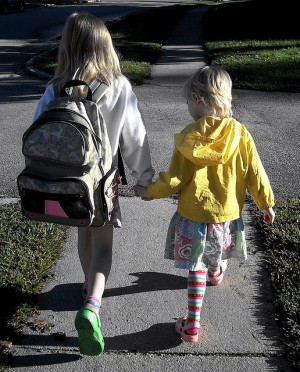
D Sharon Pruitt / Flickr
Why did the city shut down failing middle schools in mostly black neighborhoods in Ward 5, while parents in gentrifying Ward 6 successfully negotiated plans to improve and keep their schools open? Was it that working and middle class black parents gave up on these neighborhood schools and didn’t fight to improve them or keep them open?
Maria Jones, a black Ward 5 parent, says no; she argued during a City Council roundtable on Wednesday that wealthier Ward 6 residents wielded their influence and power them in getting approval on a plan to improve and keep their schools open, the Washington Post reports. Meanwhile, Ward 5 still has no middle schools.
City Councilman Tommy Wells (Ward 6) said that Ward 5 deserves good schools, but the ones it had were failing students. “I don’t think it’s helpful when we demagogue by demographics each other’s wards” he told Jones, adding that Ward 6 has large segments of public housing and homeless families:
Nonprofit Leader Sues D.C., Claims Discrimination
The D.C. Attorney General has accused Cornell Jones and his nonprofit of using District HIV/AIDS money to renovate a strip club. But Jones claims it’s a case of racial bias, and now he’s suing the city right back.
Miracle Hands, the nonprofit in question, had plans to renovate a warehouse into a job training center for District residents with HIV/AIDS (the warehouse later became a strip club). Jones’ $2 million suit claims that Miracle Hands used D.C. money to hire an architect to draw up plans for the center and that they hired teachers to run job training classes elsewhere, the Washington City Paper reports:
By 2008, the suit implies, those classes were derailed by racism. Miracle Hands was promised some $500,000 in funding to get their center up and running, but the organization was stiffed when the city rerouted the money to non-blacks.
… If Miracle Hands provided the services it was supposed to, that should be easy enough to prove. The claim that they’ve been victims of discrimination, though, would seem thin, since the Miracle Hands saga played out under two black mayors. That said, a National Institutes of Health study released in August revealed that black scientists weren’t getting their due despite the organization taking pains to avoid discrimination, meaning race bias can be a fickle and complex force.
Jones’ formal claim of discrimination comes after took to his WOL-AM 1450 talk show Saturday to accuse white city leaders of going after him because he’s black. He also used an anti-gay slur in describing two white, openly gay councilmen.
Tasty Morning Bytes — Mall of America Profiling, Poor Whites and Farmer’s Markets
Hey there, DCentric readers. Apologies for being a little late on the links today.
Mall Counterterrorism Files ID Mostly Minorities Non-whites at the Mall of America are much more likely to be reported to police as “suspicious.” One man tells NPR that he was stopped as a suspected terrorist after “I used the bathroom, it looked like I was walking fast with my father and I was using my cellphone a lot.” (NPR)
D.C. Asks Area Employers to Each Hire One City Resident Through New Initiative Unemployment in D.C. is higher than the national average, and now the city is offering wage subsidies and tax incentives to businesses that hire District residents. (Politic365)
Washington vs. D.C. The debate continues as to whether there really are two Washingtons. Ta-Nehisi Coates argues that Wards 7 and 8 — which are mostly black — have the highest unemployment rates in the country. He writes, “I’ve always thought that too many of our wonks live in Washington and Manhattan–places where ‘white and poor’ is an extinct species.”(The Atlantic)
AFL-CIO Goes To Bat For Undocumented Workers The nation’s largest trade union takes issue with a federal ruling that makes it harder for undocumented workers to get the backpay employers owe them. “Despite the political divisiveness of the immigration issue, some labor leaders have come to view undocumented workers as the workers most in need of collective bargaining to negotiate over pay and working conditions.” (Huffington Post)
Third Farmers’ Market Opens East of the River A new farmer’s market operating near the Minnesota Avenue Metro offers produce to residents living in a food desert. The market accepts WIC and volunteer chefs conduct cooking demonstrations. (DCist)
How Has 9/11 Changed Your Life?
After the Sept. 11 terrorist attacks, there was a feeling that life in America had changed. Ten years later, we asked D.C. residents if they felt it had. For many in D.C., the attacks were more than a national event; They took place in our own backyard.
Elahe Izadi / DCentric permalink
Officer Lonnie Moses, Jr., 46, patrols Ward 7, Southeast: "I had a friend whose daughter was on one of the planes. When I talk to him and see his face, I see how sad he is, and that affects me," he said. He thinks about his friends who work downtown for Capitol Police. "Being downtown makes me feel nervous sometimes because if something were to happen, I'd think it'd happen there. A lot of things have changed."
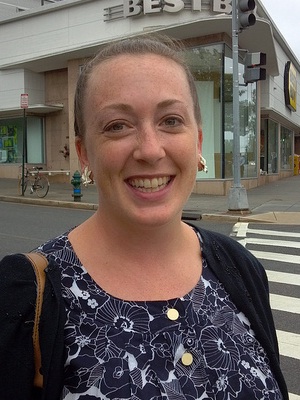
Anna John / DCentric permalink
Kourtnii Brown, 31, LeDroit Park, Northwest: “My life hasn’t really changed; I didn’t know anyone connected to it. Obviously, security at airports blows now. I’m a germaphobe and I’ll be in sandals, they can see there’s no gun in my shoe but I still have to take them off. The racist aspect of it really gets to me. I have lots of Arab-American friends. They grew up here, went to high school here and I see how they are treated by certain people…and I don’t see the world like those people do. We’re all in it together. Diversity should be the best part of this country, but the legacy of that day is how it’s breaking us apart.”






